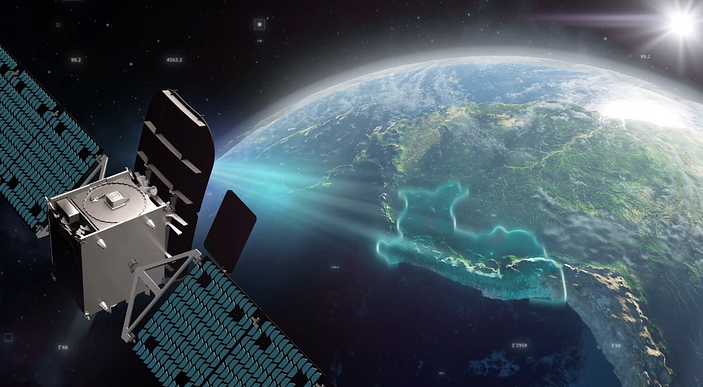Latest News

The Astranis UtilitySat. Photo: Astranis
Astranis is reporting issues with vendor-supplied solar arrays on its first satellite that was launched in April, and the satellite is not fulfilling its mission to provide broadband connectivity in Alaska.
Astranis CEO John Gedmark shared an update in a Medium post on Friday, writing that after the satellite reached orbit and demonstrated connectivity, there was an anomaly with the solar array drive assembly (SADA). This part rotates the solar arrays to point at the sun, and the anomaly means the satellite cannot maintain full power to the payload at all times, Gedmark said.
He said Astranis has recreated the issue on the ground in a vacuum chamber and uncovered a fix for future satellites. Astranis will not share further details on the issue because it is a vendor-supplied component.
But Astranis was already working on a backup satellite to have on hand, Gedmark said. Astranis has a backup satellite called UtilitySat that it is launching on the company’s next mission, which will replace the Arcturus satellite to provide capacity to customer Pacific Dataport. He said UtilitySat can operate anywhere in the world on multiple frequency bands
“We have long held the belief that the industry needed spare or backup satellites to mitigate the risk of on-orbit failures and limit the impact on the end customers. UtilitySat was designed from the beginning with backup missions and bridge capacity in mind. We were hoping to never have to use it for such a purpose, but are quite happy now that we have it,” Gedmark said.
Astranis plans to repurpose the Arcturus satellite. “Arcturus is still a very capable satellite with years of on-orbit life remaining. It will be repurposed for secondary missions like on-orbit technology demonstrations,” Gedmark said.
Get the latest Via Satellite news!
Subscribe Now